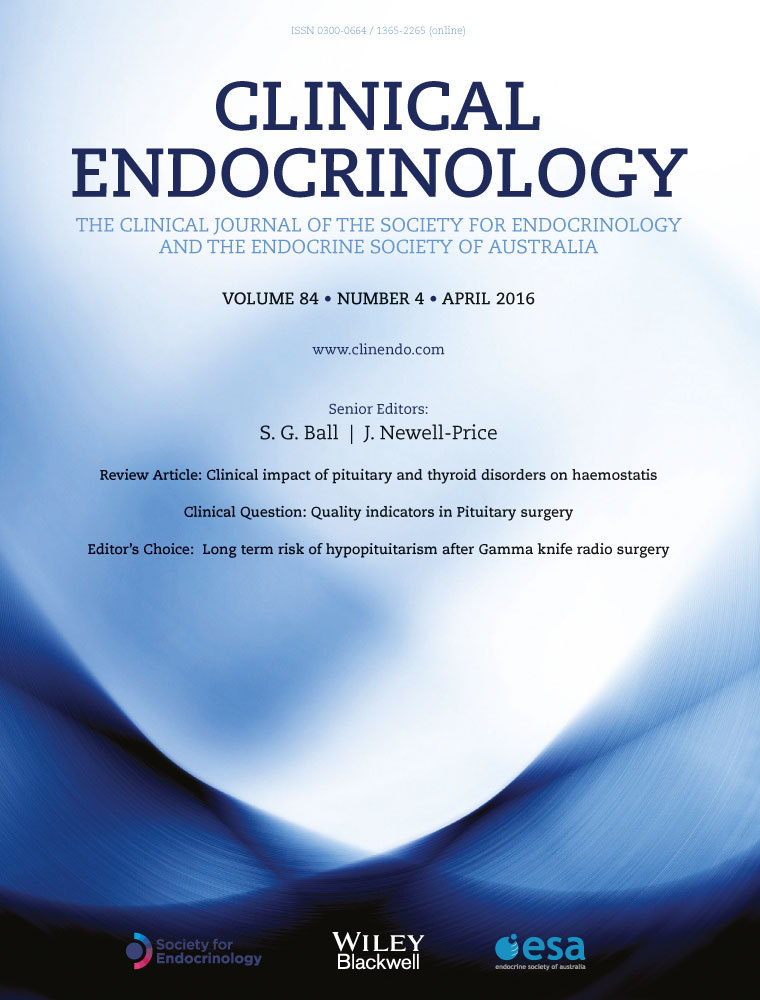Association between single nucleotide polymorphisms of upstream transcription factor 1 (USF1) and susceptibility to papillary thyroid cancer
Summary
Background
Thyroid cancer, predominantly by papillary thyroid cancer (PTC), is a malignant tumour of endocrine system with increasing incidence rate worldwide. Upstream transcription factor 1 (USF1) regulates a variety of biological processes by transactivation of functional genes. In this study, we investigated the association between USF1 polymorphisms and PTC risk.
Material & Methods
A total of 334 patients with PTC, 186 patients with benign nodules (BN) and 668 healthy controls were enrolled in our study. Tag-SNPs were identified in Chinese Han in Beijing (CHB) from International HapMap Project Databases. Genomic DNAs were extracted by TaqMan Blood DNA kits. SNPs of USF1 were genotyped by TaqMan SNPs genotyping assay. Odds ratios (OR) and corresponding 95% confidence interval (CI) were used to assess the association between USF1 genetic variants and PTC risk. The statistical analyses were carried out with spss 13.0 software.
Results
Five tag-SNPs were retrieved to capture all the genetic variants of USF1. Among the five tag-SNPs, genetic variants in rs2516838, rs3737787 and rs2516839 have significant association with PTC risk. The rs2516838 polymorphisms dominant model (CG+GG vs CC: OR = 0·71; 95% CI: 0·52–0·97; P = 0·033) and allelic model (C vs G: OR = 0·031; 95% CI: 0·56–0·97; P = 0·031) indicated it may act as a protective factor against PTC. On the contrary, the results of rs3737787 polymorphisms: dominant model (CT+TT vs CC: OR = 1·55; 95%CI: 1·09–2·02; P = 0·001) and allelic model (C vs T: OR = 1·35; 95%CI: 1·10–1·64; P = 0·003), as well as the results of rs2516839 polymorphisms: dominant model (GA+AA vs GG: OR = 1·77; 95%CI: 1·31–2·38; P < 0·001) and allelic model (G vs A: OR = 1·36; 95%CI: 1·13–1·63; P = 0·014), revealed that they may act as risk factors for PTC.
Conclusion
In this study, we found the SNPs of rs2516838 (mutant G alleles vs wild C alleles), rs3737787 (mutant T alleles vs wild C alleles) and rs2516839 (mutant A alleles vs wild G alleles) were significantly associated with PTC risk. Further large-scale studies with different ethnicities are still needed to validate our findings and explore the underlying mechanism of USF1 in PTC development.




